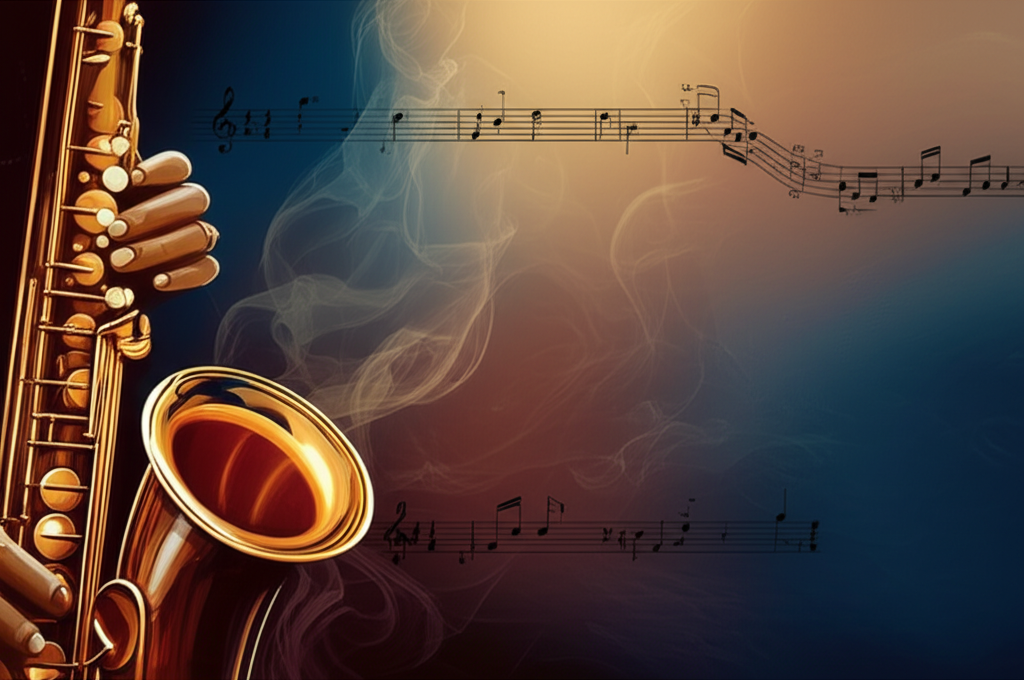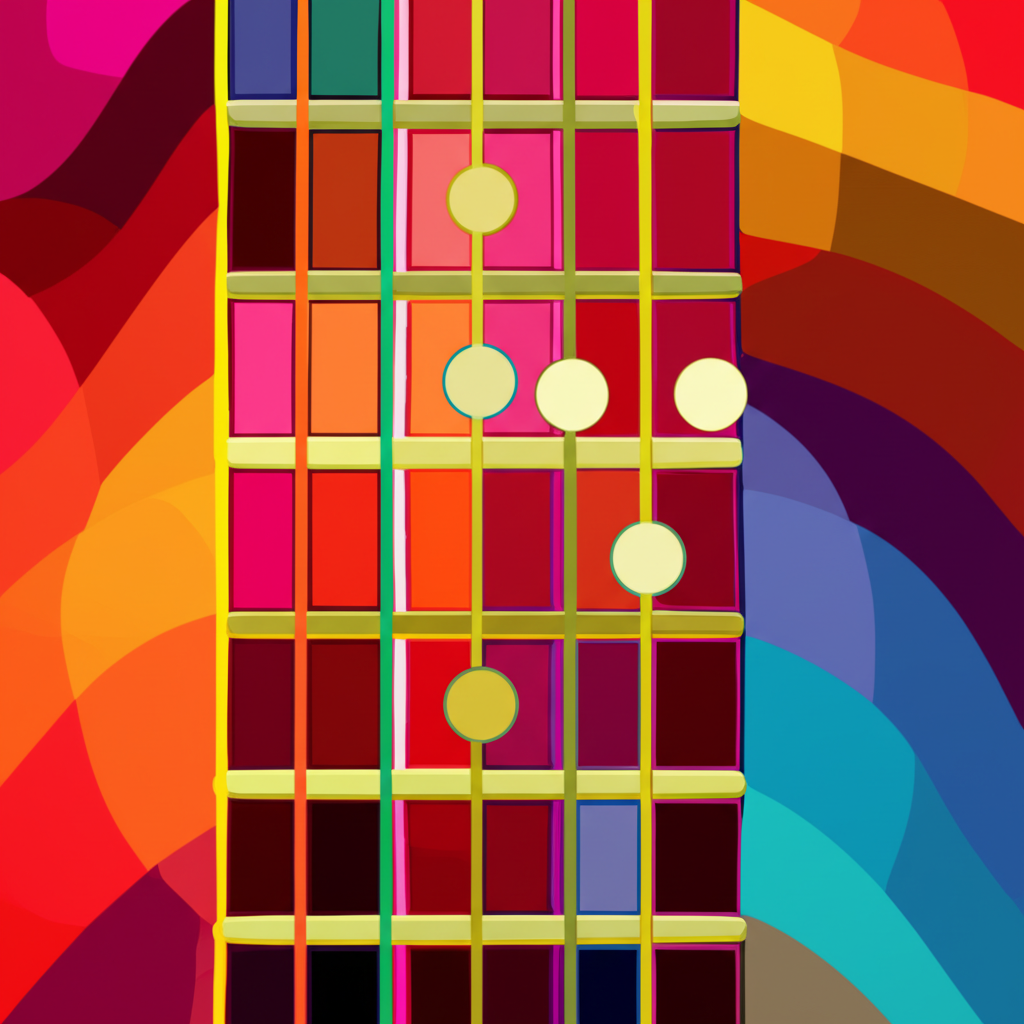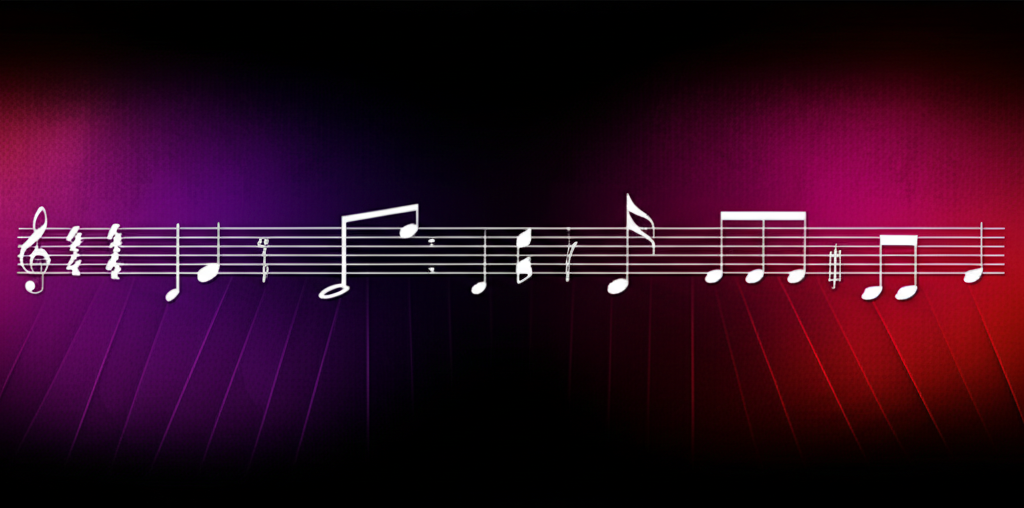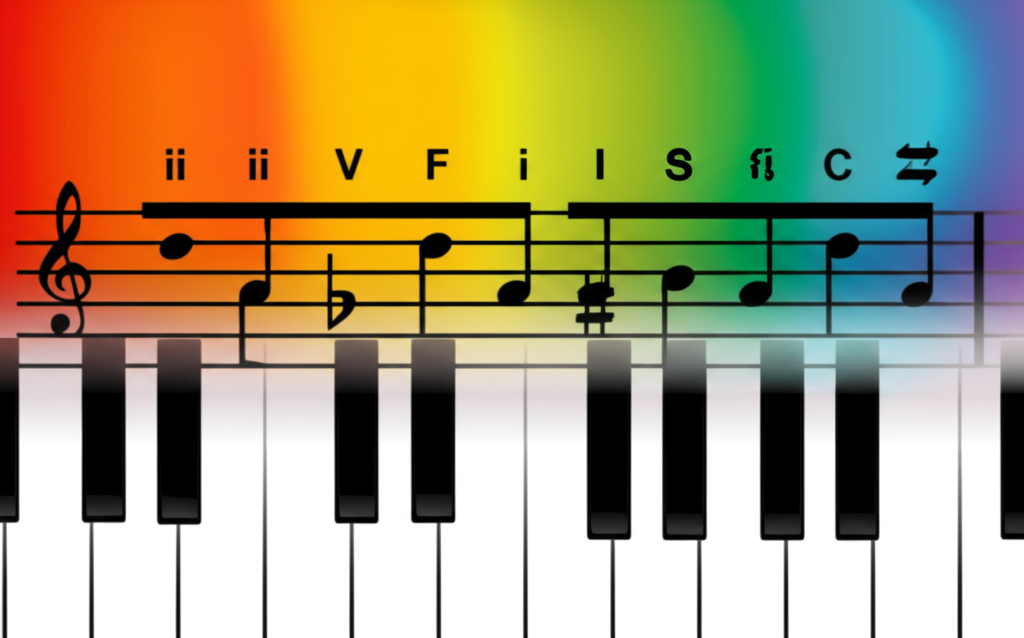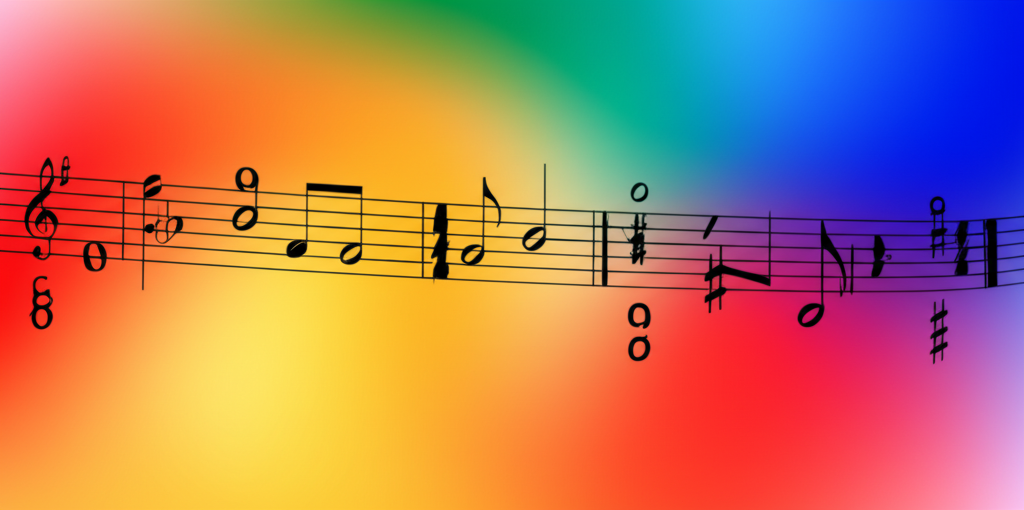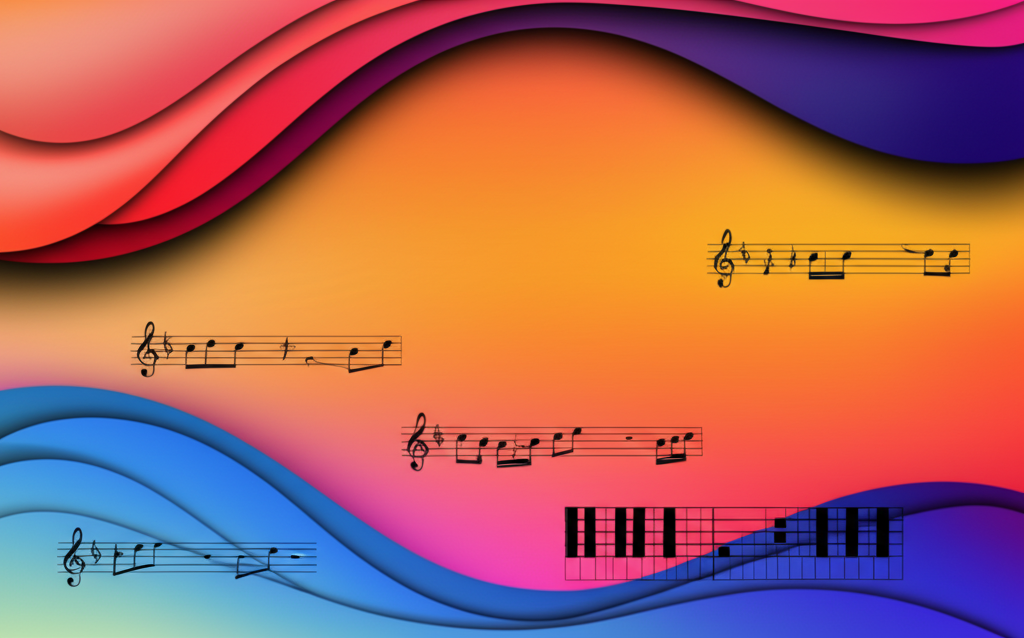
Exploring Modal Jazz: The Genius of "So What"

b4n1
June 14, 2025, 7:03 p.m.
Exploring Modal Jazz: The Genius of "So What"
Summary:
This article delves into the world of modal jazz, using Miles Davis's seminal composition "So What" as a primary case study. We will explore how this innovative approach broke away from the dense chord changes of bebop, opening up a new universe of improvisational freedom based on scales and modes. Understanding modal jazz is essential for any modern musician looking to expand their harmonic and melodic vocabulary.
Keywords:
Modal Jazz, Miles Davis, So What, Kind of Blue, Dorian Mode, Improvisation, Jazz Harmony, Bill Evans, John Coltrane, George Russell, Jazz Theory
Introduction:
Imagine the sound of jazz in the 1950s. For many, it was the blistering, complex, and harmonically rich language of bebop, where soloists navigated a dizzying maze of chord changes. Then, in 1959, a cool breeze swept through the scene. That breeze was modal jazz, and its anthem was "So What" from Miles Davis's legendary album, *Kind of Blue*. This new sound was spacious, contemplative, and radically different. It shifted the focus from vertical harmony (the chords) to horizontal melody (the scales), giving improvisers unprecedented freedom to explore and create. Let's journey into this revolutionary sound that forever changed the landscape of music.
Definition and Classification:
Modal jazz is a style in which the harmonic structure is based on a single scale (or "mode") for a prolonged period, rather than on a series of resolving chord progressions. In traditional jazz, a soloist might have to change scales every two beats to keep up with the chords. In modal jazz, a soloist might have 8, 16, or even more bars to explore the melodic possibilities of just one mode. This creates a more static, meditative harmonic environment. The most common modes used are the Dorian, Mixolydian, Lydian, and Phrygian. The structure of a modal tune is often simple, like the AABA form of "So What," but the sections are defined by modal centers instead of complex functional harmony. For example, the "A" section might be entirely in D Dorian, while the "B" section shifts to Eb Dorian.
Examples:
Example in ABC Notation:
The structure of "So What" is a masterclass in simplicity and elegance. It follows a 32-bar AABA form. The 'A' sections are built entirely on a Dm7 chord, over which one improvises using the D Dorian mode. The 'B' section, or bridge, simply shifts this entire modal center up a semitone to Ebm7 (Eb Dorian). The following ABC notation illustrates this fundamental harmonic shift.
Practical Applications:
For improvisers, modal jazz is both a challenge and a liberation. Without the guideposts of frequent chord changes, the musician must create melodic interest through other means: rhythm, phrasing, motif development, and tonal color. When playing over "So What," a saxophonist might spend the 'A' sections exploring every nuance of the D Dorian scale (D-E-F-G-A-B-C), building tension and telling a story, before shifting that entire framework up a half step for the bridge. This concept has transcended jazz, influencing rock artists like Carlos Santana and The Allman Brothers Band, as well as film composers who use modal harmony to create expansive and atmospheric soundscapes.
Historical Figures:
While many contributed to this movement, a few figures stand out. At the forefront was trumpeter and bandleader Miles Davis, the visionary behind *Kind of Blue*. Davis was a restless innovator who constantly sought new directions for his music, and modal jazz was his answer to what he felt was the growing harmonic clutter of bebop. Crucial to this development was pianist Bill Evans, whose sophisticated, introspective chord voicings (like the famous quartal "So What" chords) defined the sound of the album. Saxophonist John Coltrane, another member of the *Kind of Blue* sextet, took the concept of modal improvisation to its spiritual and technical limits in his later work. We must also credit theorist George Russell, whose book "Lydian Chromatic Concept of Tonal Organization" laid the intellectual groundwork that inspired Davis and others to explore improvisation based on modes.
Fun Facts:
The title "So What" is rumored to have originated from one of Miles Davis's favorite retorts. The *Kind of Blue* album, which has sold millions of copies and is considered by many to be the greatest jazz album of all time, was recorded in just two sessions on March 2 and April 22, 1959. The musicians had very little rehearsal and were given sketches of the scales and melodies in the studio, forcing a level of spontaneous creation that is palpable in the recording. The iconic bass and piano intro to "So What" was actually sketched out by arranger Gil Evans, a longtime collaborator of Davis's, and then brilliantly interpreted by pianist Bill Evans and bassist Paul Chambers.
Conclusions:
"So What" is more than just a famous jazz standard; it's a gateway to a new way of thinking about music. It represents a pivotal moment when jazz shifted its focus from harmonic complexity to melodic freedom and space. The principles of modal jazz empowered a generation of musicians to explore new expressive territories and continue to be a vital tool for composers and improvisers today. Its legacy is a testament to the idea that sometimes, less is more. As you listen to "So What," can you hear the freedom and creativity that this open landscape provides to the soloists?
References:
Levine, M. (1995). The Jazz Theory Book. Sher Music Co.
Kahn, A. (2001). Kind of Blue: The Making of the Miles Davis Masterpiece. Da Capo Press.
Russell, G. (2001). George Russell's Lydian Chromatic Concept of Tonal Organization, Volume One: The Art and Science of Tonal Gravity. Concept Publishing Company.
